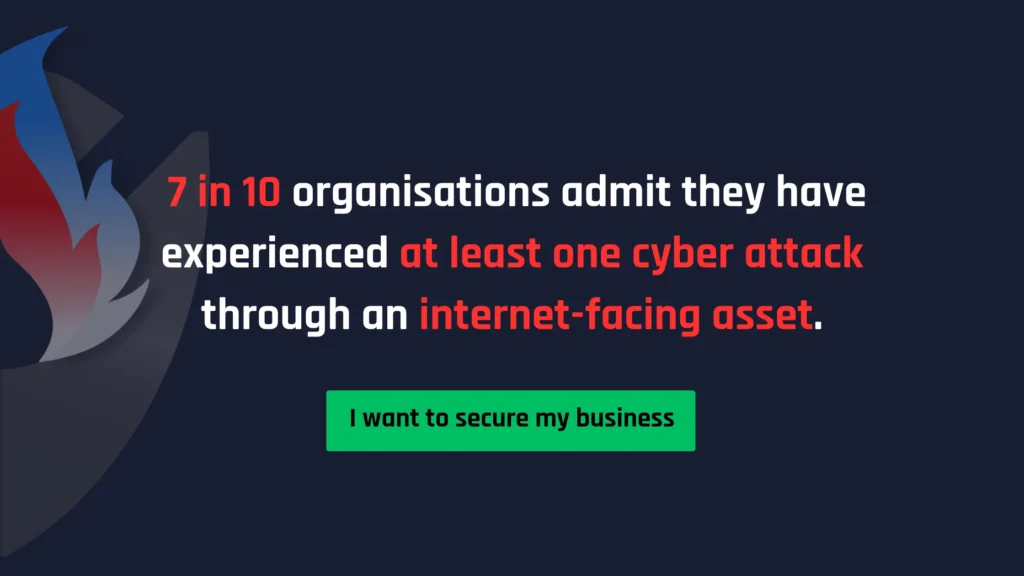Penetration testing services are essential for organisations to ensure the security of their systems and data. Vulnerability assessment involves identifying and evaluating the vulnerabilities in a system, network, or application. This process helps organizations understand the potential risks and threats that could compromise their security. On the other hand, pen testing involves simulating a cyber attack on a system or network to identify vulnerabilities and determine the potential for successful exploitation.
Both vulnerability assessment and penetration testing help organizations identify and address potential security weaknesses before they can be exploited by cybercriminals.
Why Conduct Penetration Testing?
- Protect against cyber attacks: Vulnerability assessments and penetration testing can help identify weaknesses in a business’s network or system that cybercriminals could exploit. By identifying and addressing these vulnerabilities, businesses can better protect themselves against cyber attacks.
- Comply with industry regulations: Many industries have regulations that require businesses to conduct regular vulnerability assessments and penetration tests. For example, the Payment Card Industry Data Security Standard (PCI DSS) requires businesses that accept credit card payments to conduct regular vulnerability scans and penetration tests.
- Protect sensitive data: Businesses often have sensitive data that needs to be protected, such as customer or employee personal information. Vulnerability assessments and penetration testing can help ensure that this data is secure and not at risk of being accessed by unauthorized individuals.
- Maintain customer trust: Customers trust businesses with their personal and financial information. If a business experiences a data breach, it can damage its reputation and lead to a loss of customer trust.
- Protect against financial losses: A cyber attack or data breach can result in financial losses for a business. Conducting vulnerability assessments and penetration tests can help prevent these losses.
How to secure your customer data in 2023 & beyond?
By investing in penetration testing, organizations can improve their overall security posture and reduce the risk of a cyber attack. This is especially important in today’s digital age, where cyber threats constantly evolve.
In a recent pen testing for a fintech client, we were able to identify a critical SQL Injection vulnerability. The flaw could have allowed an attacker to gain access to the client’s production database, which could have put their customer’s data at risk. Thankfully we helped them identify and close the issue.
The process begins by determining the scope and creating a list of all assets. Then, you prioritize the assets based on testing urgency, taking compliance into account if necessary. Once you’ve selected the in-scope items, you initiate testing using automated and manual techniques, along with thorough QA and report generation.
Hiring Bluefire Redteam, a third-party cybersecurity provider, streamlines the entire penetration testing process for your business. As cybersecurity service experts, we commit to delivering top-notch pen testing services for your assets, including web applications, mobile applications, internal/external network infrastructure, and the cloud. In 2023, Silicon India recognized us as the Top Pentesting Startup, highlighting our excellence in the field. Learn more about our services.


